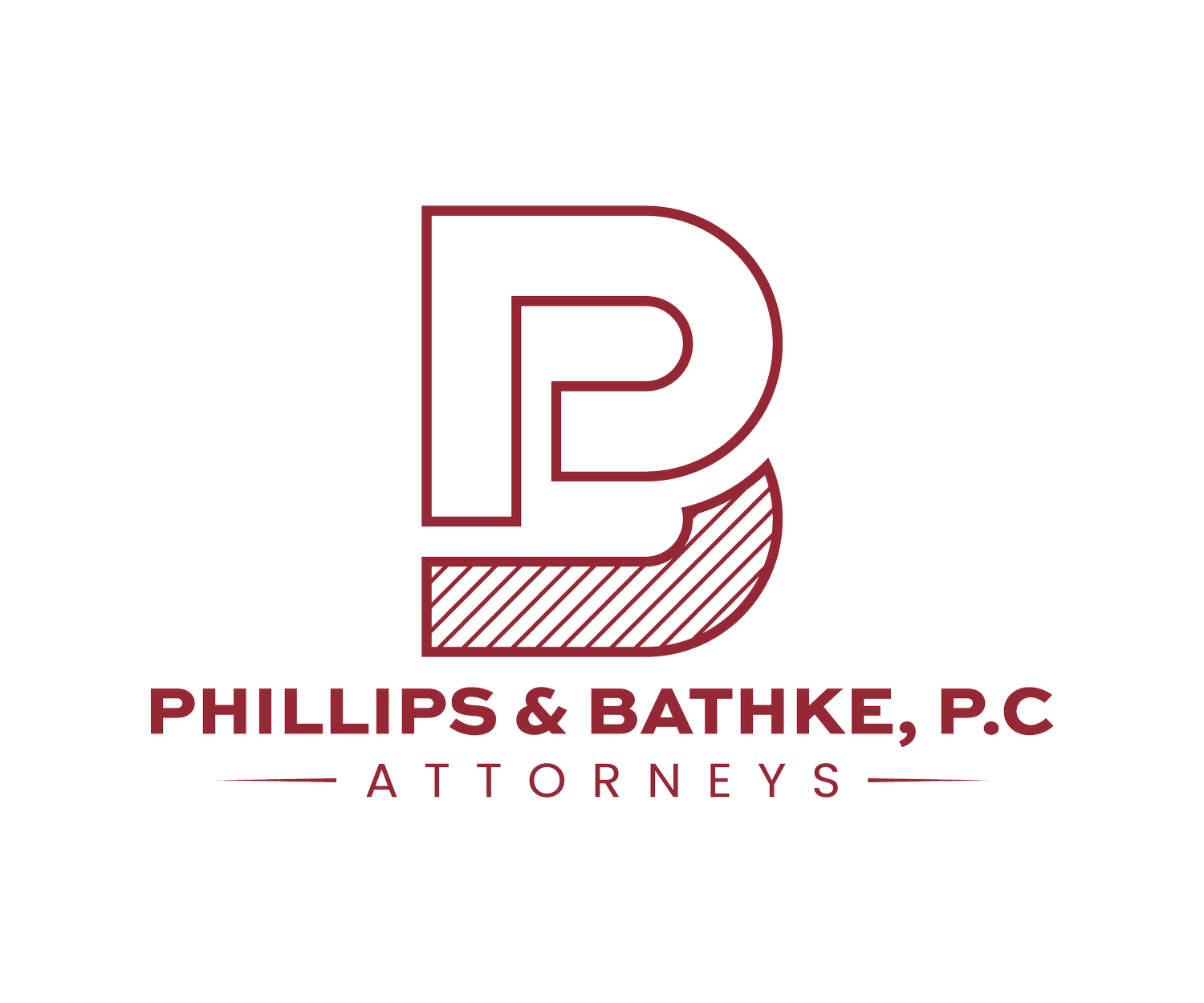A hotel cannot protect its building’s exterior as a trademark, but maybe yours can
A recent precedential Trademark Trial and Appeal Board decision refused trademark protection for the Hilton Palacio del Rio hotel in San Antonio, Texas.
If you are not a trademark nerd, you might be incredulously asking, “You can protect a building as a trademark?” Well, a Supreme Court case in the early 1990s about whether trade dress of particulars composing “a festive eating atmosphere having interior dining and patio areas decorated with artifacts, bright colors, paintings and murals” in a Mexican restaurant suggests a pretty broad scope of protection. Two Pesos, Inc. v. Taco Cabana, Inc., 505 U.S. 763 (1992). [note: Also a litigant from San Antonio, Texas. Is there something in the Alamo water advancing trade dress law?]
According to the USPTO docket, Palacio del Rio sought to register a relatively plain exterior. The USPTO’s Examining Attorney rejected the effort, arguing the exterior could not be inherently distinctive. So Palacio del Rio appealed to the Board. And it won on that issue—a building’s design can be inherently distinctive.
Unfortunately, Palacio del Rio still didn’t get protection because its building’s design was not inherently distinctive. There is a four-factor test to determine whether something is inherently distinctive. These Seabrook factors ask whether:
- The mark is a common shape or design—think a tall rectangle for a skyscraper;
- The mark is unique or unusual in its field;
- The mark is no more than a small step in design from common forms of ornamentation;
- The mark can create a commercial impression without the help of accompanying words—think if any “TRUMP TOWER” building shapes is a brand by itself or, in the alternative, do you only think of it because it is the “TRUMP TOWER.”
Since the Palacio del Rio was nothing unique or special in the area of hotel design, the Board determined the design was not, in fact, inherently distinctive.
While Texas businesses again remind us trademark attorneys that building designs and restaurant layouts can be protectable, the Board’s opinion here suggests that it is a tough position to stake out.
In re Palacio del Rio, Inc., 2023 U.S.P.Q.2d 630 (T.T.A.B. 2023)
